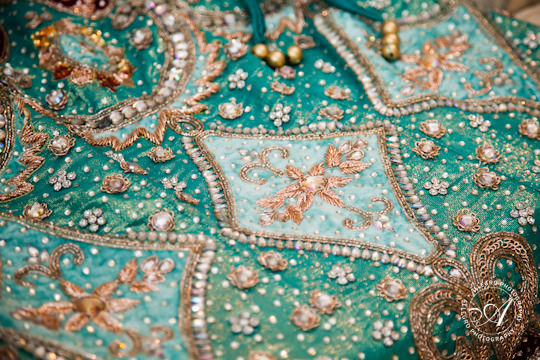1. Which direction do electric field lines point for positive charges?
The field lines point away from the positive charge
2. Which direction do electric field lines point for negative charges?
The field lines point towards the negative charge
3. What do the direction and strength of the field lines indicate for the (positively
charged) “puck?”
For the positively charged puck, the direction and strength of the field lines indicate the acceleration
4. Did the (positively charged) puck always move in the same direction as the field lines
it was passing over?
The positively charged puck wouldn't always move in the same direction as the field lines
5. What happened (or would happen) if you changed the charge of the puck from
positive to negative?
If you were to change the charge of the puck from positive to negative you would change the direction of the field lines from facing away from the charge to facing towards the charge
6. What happened when you increased the mass of the puck?
The puck would move slower
7. How did the distance between the puck and the particles affect the motion of the
puck?
The closer the puck would get, the faster it would get.
8. List two or three cool things you got the puck to do. Why did each one happen?
When I put two negative charges directly next to each other, the puck would bounce in opposite directions before swinging to the next negative charge.
I managed to get the puck into the goal by making it have a positive charge and putting a negative charge on to the lower right of it and a positive charge to the top right of it. It was repelled by the positive charge so it went down to the negative charge, swung around, and hit the goal.
I put a negative charge directly to the right of the positively charged puck. Then I surrounded it with four positive charges. The puck ended up moving back and forth on the negative charge in a circular rotation.
9. The field lines on the program are evenly spaced, with darker shades of grey indicating
a stronger field. This is a very clear way of presenting this information. However, it is
not what we will normally use. Why do you think that is?
It might not be completely accurate



































